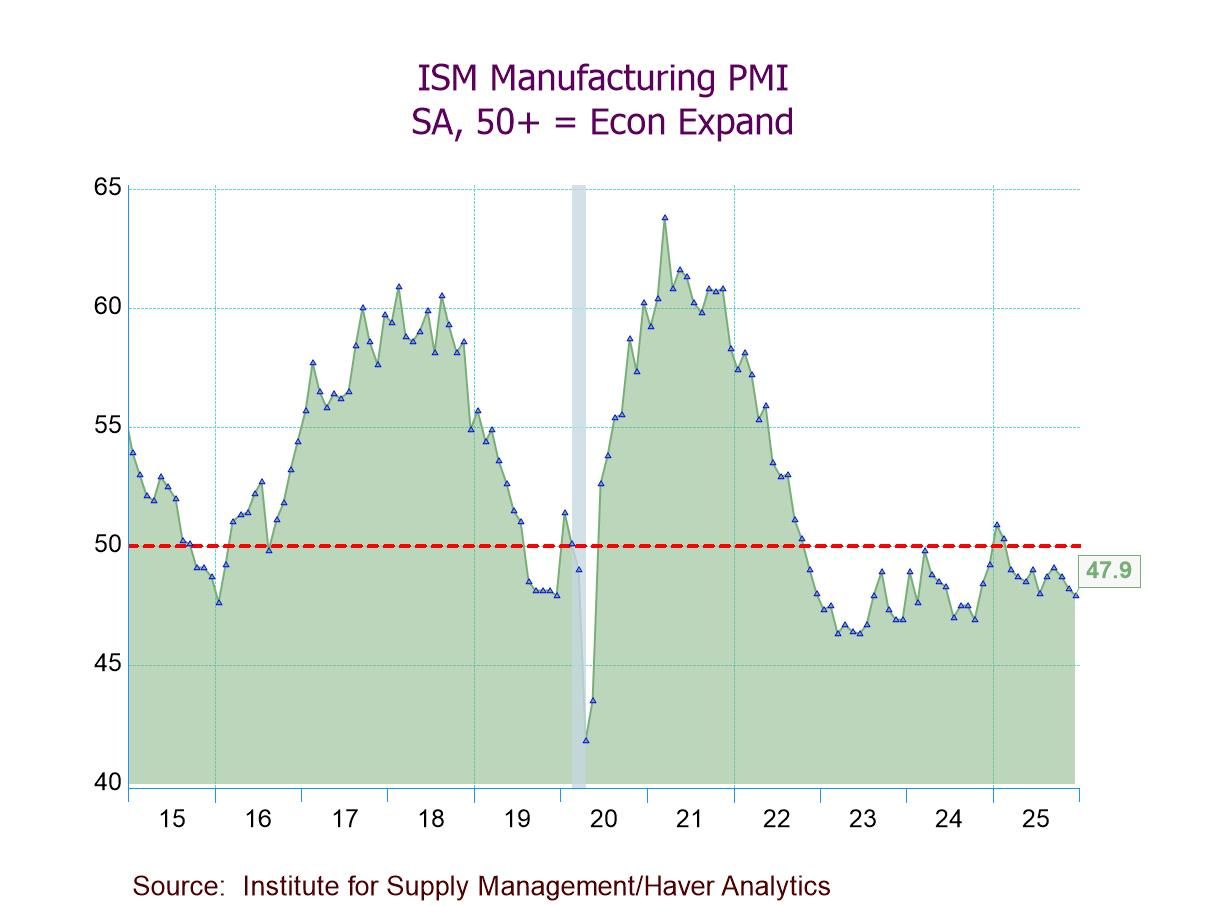 Global| Mar 03 2023
Global| Mar 03 2023Charts of the Week (Mar 3, 2023)
by:Andrew Cates
|in:Economy in Brief
Summary
Having begun 2023 on a more upbeat footing, the mood in financial markets has continued to sour over the past few weeks. Incoming data suggest that labour markets are too tight and that inflation is too high for comfort, especially for central banks. And this combination has added to the case for further policy tightening. Our first chart this week illustrates how financial markets have specifically re-priced the trajectory of Fed policy in response to recent data. But we illustrate too – via charts 2 and 3 – that tighter policy is now choking off domestic demand in the US and Europe which ought to help restrain inflation in the months ahead. As we further illustrate in charts 4 and 5, global sources of inflationary pressure from traded goods sectors (e.g. semiconductors) are also now waning quite sharply, thanks to a recent reconfiguration of supply and demand. Finally, and on a different theme, we look at tourist arrivals in Thailand in chart 6 in order to examine whether China’s re-opening is beginning to exert an impact on domestic activity in South-East Asia.
Listen to our latest podcast here:
The Fed pivot In response to a string of upbeat US labour market and inflation data, financial markets are now expecting the Fed to be tighter for longer. Prior to the release of that data and up until the last few days (just prior to January’s core PCE release), investors had anticipated a shift toward looser policy from the Fed in the latter half of 2023. The implied rate from Fed funds futures contracts in December is now, however, higher than the rate that’s priced in June, as evidenced in chart 1 below. The much-vaunted pivot in Fed policy in other words has been priced out, at least for this year.
Chart 1: Fed funds futures contracts for March, June and December 2023

US capacity pressures Nevertheless, this week’s US data – and specifically the February manufacturing ISM survey – offered some solace to those that are expecting inflation to ease in the coming months. The survey’s underlying details for supplier delivery times and order backlogs, for example, remained subdued. Capacity pressures in other words are weak, partly because demand is soft. As chart 2 below suggests, that ought to bode well for underlying inflationary pressures in the immediate months ahead.
Chart 2: US capacity gauges from the ISM survey and underlying inflation

The French economy This week’s European dataflow carried some similar messages about softening demand. The latest GDP data for Q4 2022 from both Germany and France, for example, suggested that domestic demand has been weakening (see chart 3 below for the French contributions). Partly in consequence, contributions from inventory accumulation have been rising. This is also symptomatic of a growing imbalance between demand and supply which ought to bode well for inflation further down the road.
Chart 3: Contributions to GDP growth in France

World trade Cyclical indicators of global inflationary pressures are also on the back foot. For example, South Korea’s export growth – a good bellwether for world trade – fell by 15.2% y/y in February in USD-adjusted terms. With the exception of the COVID era that was the weakest export performance since the global financial crisis in 2009. The data chime too with another indicator for world trade and specifically an index of real economic activity in industrial commodity markets. This was 64% below its long-term average in January (see chart 4).
Chart 4: South Korea’s export growth and activity in industrial commodity markets

The semiconductor industry Another more industry-specific bellwether for world trade is the semiconductor sector. Prices in that sector, moreover, are also under downward pressure thanks to growing evidence of a supply/demand imbalance. As chart 5 below suggests, semiconductor inventory levels have climbed sharply in Japan, South Korea and Taiwan over the past few months both in absolute terms and relative to shipments. That means manufacturers are likely to reduce their semiconductor prices in the period ahead in order to clear their unwanted stock.
Chart 5: Semiconductor inventory imbalances in North Asia

Tourism in Thailand Finally – and on a different theme – we look in the chart below at some tourist arrivals data for Thailand. While this is a relatively small economy, the data are nevertheless potentially revealing for assessing the impact of China’s recent re-opening. The absence of Chinese tourists has placed many economies in South East Asia – as well as further afield - under some pressure and particularly of course those that have high exposures to tourism revenue. However, based on the latest data for January, there is little evidence yet to suggest that Chinese tourists are returning in large numbers. To be sure, Chinese tourist numbers nearly doubled from 54,000 in December to 92,000 in January. But those numbers compare with a pre-COVID 10-year average of more than 500,000 arrivals per month.
Chart 6: Tourism arrivals in Thailand

Andrew Cates
AuthorMore in Author Profile »Andy Cates joined Haver Analytics as a Senior Economist in 2020. Andy has more than 25 years of experience forecasting the global economic outlook and in assessing the implications for policy settings and financial markets. He has held various senior positions in London in a number of Investment Banks including as Head of Developed Markets Economics at Nomura and as Chief Eurozone Economist at RBS. These followed a spell of 21 years as Senior International Economist at UBS, 5 of which were spent in Singapore. Prior to his time in financial services Andy was a UK economist at HM Treasury in London holding positions in the domestic forecasting and macroeconomic modelling units. He has a BA in Economics from the University of York and an MSc in Economics and Econometrics from the University of Southampton.






